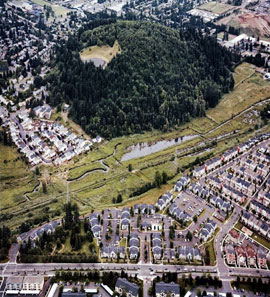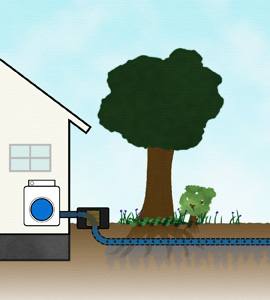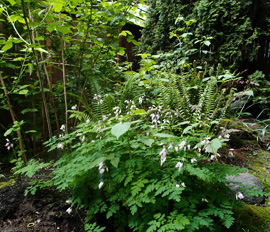East Multnomah Soil and Water Conservation District announces its 2014 Partners in Conservation (PIC) grants totaling $862,000 awarded to conservation and environmental education projects in the District’s boundaries (all of Multnomah County east of the Willamette River).
- Volunteers working together to remove pavement!
- Children at an outdoor garden class as part of the Cully Young Farmers Project
The District received 39 PIC applications this year, representing projects in each of its grant program areas: restoration, sustainable agriculture, project design/engineering, pollution prevention, stormwater management, monitoring, and environmental education. The PIC grant program funds projects on an annual basis through a competitive process that seeks to support those efforts most closely aligned with the District’s strategic priorities.
This year, the EMSWCD Board of Directors awarded 27 grants, including three multi-year PIC Plus grants, which are multi-stakeholder initiatives that demonstrate benefits from committed multi-year support. Projects vary considerably in scope, from restoring large acreages of habitat in the Johnson Creek watershed to community gardening with immigrant populations in East Portland. “The quality and diversity of projects this year is incredible. These grants allow us to reach all corners of the District, supporting the great work of these organizations while also leveraging other funding,” said Jay Udelhoven, Executive Director of EMSWCD. Read more








 “When I was deciding where to put my vegetable garden, I picked the sunniest spot in the yard and started digging. I wanted to get a look at the soil. What I found was great soil for gardening, and some garbage left behind. Because some of the debris was painted, I became concerned about lead in my soil. Since I had planned to test the soil for pH, organic matter, phosphorous, and potassium, I decided to add lead to the list.”
“When I was deciding where to put my vegetable garden, I picked the sunniest spot in the yard and started digging. I wanted to get a look at the soil. What I found was great soil for gardening, and some garbage left behind. Because some of the debris was painted, I became concerned about lead in my soil. Since I had planned to test the soil for pH, organic matter, phosphorous, and potassium, I decided to add lead to the list.”